George Szirtes pays tribute to a determined and courageous spirit.
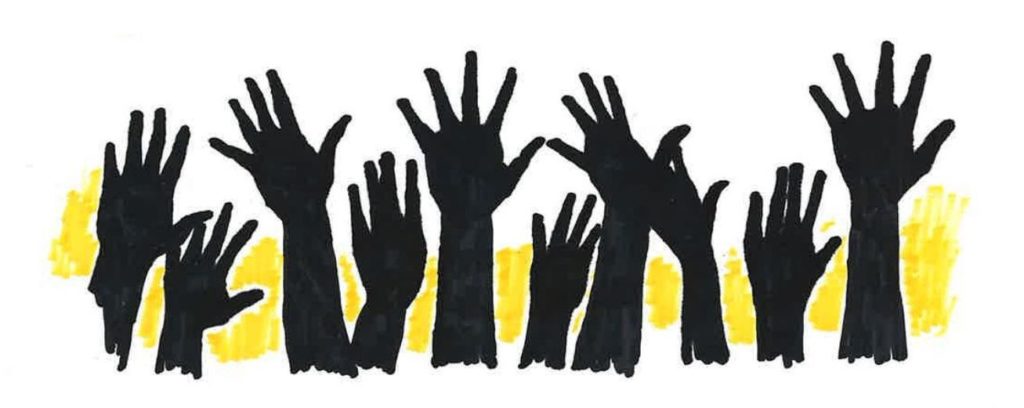
“The question of ‘what it is?’ has occupied Szirtes… encompassing not only the personal and domestic spheres, but also history and politics.’
Sean O’Brien, fellow poet and critic, writing for the British Council of Arts
Song is preceded by a dedication: For Helen Suzman and the poem was written in 2007, the year in which Suzman turned ninety years old. The poem is both celebration of this incredible lady’s life and achievements, and tribute to her never-say-die spirit of determination. Knowing a little about the circumstances of Suzman’s story illuminates the themes of the poem nicely, bringing clarity to what might otherwise be quite abstract images. Suzman was a white South African anti-apartheid activist. A member of the Progressive Party, she was for many years the only elected voice opposing the ruling National Party in South Africa’s parliament, so her resistance against the pro-apartheid government was lonely and fraught with intimidation, animosity, and hostility. Although she was white and represented a majority white neighbourhood, nevertheless Suzman considered herself a voice for “all those people who have no vote and no Member of Parliament.” Her tireless pursuit of justice saw her twice nominated for the Nobel Peace prize and won her the respect and friendship of Nelson Mandela:
For Helen Suzman Nothing happens until something does. Everything remains just as it was And all you hear is the distant buzz Of nothing happening until something does. A lot of small hands in a monstrous hall can make the air vibrate and even shake the wall; a voice can break a plate or glass, and one pale feather tip the balance on a sinking ship. It’s the very same tune that has been sung time and again by those whose heavy fate has hung on the weight that they oppose, the weight by which are crushed the broken voices of the hushed. But give certain people a place to stand a lever, a fulcrum, a weight, however small the hand the object however great, it is possible to prove that even Earth may be made to move. Nothing happens until something does, and hands, however small, fill the air so the buzz of the broken fills the hall as levers and fulcrums shift and the heart, like a weight, begins to lift. Nothing happens until something does. Everything remains just as it was And all you can hear is the distant buzz Of nothing happening. Then something does.
Given the particulars of Helen Suzman’s story, you may be surprised how accessible and straightforward today’s poem actually is. You don’t need to know much about Suzman’s history to appreciate the uplifting emotion of Szirtes’ writing. Song doesn’t include specific details of Suzman’s political career or fight against apartheid, preferring symbolic images which cross cultural and political boundaries. Szirtes treats Helen Suzman as an inspirational figure, a person of exceptional integrity and bravery who spoke out against unfairness and injustice, the metaphorical fulcrum around which the efforts of those who follow her are multiplied. Readers are inspired by her example, and it’s implied that we can contribute to positive change when direct address places us inside the poem too: all you hear… When we read everything remains just as it was, what that ‘everything’ refers to remains undefined, letting the reader project their own idea of ‘injustice’ onto the poem. Similarly, nothing happens suggests a general sense of ‘status quo’, business as normal in an unfair and unjust world. Such abstract diction risks making bad writing – but Szirtes pulls it off splendidly to make his poem unabashedly emotional, uplifting, and celebratory. There ‘s a constant feeling of reclaiming victory against all odds, created through the juxtaposition of opposing ideas, whether through straightforward contrasting diction or more subtle opposing images: nothing vs something, small vs great, the tiny lightness of a feather positioned on the huge prow of a sinking ship, small hands in a monstrous hall, the downwards force of a heavy weight opposed when that weight begins to lift. It’s no accident that the poem begins with the words Nothing happens and ends with the line: Then something does. The transition from nothing to something, repeated to become the poem’s clarion call, implies that positive change is inevitable when brave individuals (like Helen Suzman) have the courage to speak up and act against the world’s oppressions.
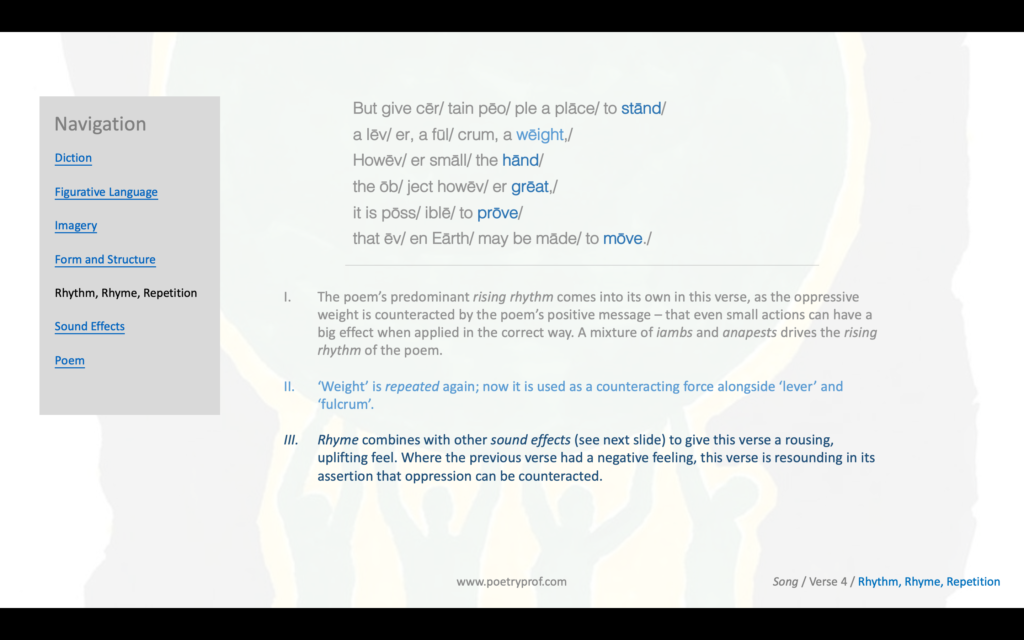
The shift away from injustice and despair towards hope can be traced through the poem’s very form. As stated by the title, the poem is a Song, so rhythm and rhyme combine to create an uplifting effect when the poem is read aloud. The first lines of verse three pay homage to the unifying role of protest songs of various kinds in civil rights movements throughout history, including anti-apartheid: It’s the very same tune that has been sung time and again. To begin with, the rhythm of the poem is hard to pin down as the first verse involves various combinations of feet (a foot is a measure of poetry containing some combination of unstressed and stressed syllables). Falling measures begin on a stressed beat, like the first word of the poem: Nō-thing. By contrast, rising measures end on a stressed beat: the most common measure in English poetry – the iamb – is made of two syllables arranged unstressed-stressed. After the more complicated patterns of the first verse, the poem settles into a predominantly rising rhythm so whether lines are three or four beats long, they always end on a stressed beat. Rising rhythms, when repeated often enough, have an inherently uplifting and triumphant feel which perfectly suits the message of determination overcoming oppression and injustice. Every time the poem threatens to ‘fall’ under the weight of oppression, Szirtes relieves that pressure by ending lines on a ‘rising’ note. So too does the poem rhyme in an uplifting way: all four lines in the first (and last verse) rhyme AAAA: does, was, buzz and does again. Longer verses of six lines follow the rhyme scheme ABABAA, so each verse ends in a triumphant rhyming couplet that celebrates the victory of hope over despair. Some verses even contain internal rhymes: make/shake/break in verse two and fate/weight in verse three gives the poem a rousing intensity – read out loud, the poem certainly has the power to move and inspire.
As a celebratory poem, Szirtes always seeks to tip the balance towards hope and positivity; even the structure of the poem suggests the triumph of fairness over injustice. The bleakest part of the poem is undoubtedly the third verse, which imagines oppression as a symbolic weight that presses down upon people unbearably. Verse three exerts an almost tactile downwards force through diction: hung, heavy, weight (repeated for emphasis), crushed, broken, and hushed. Sound is pressed into service through alliteration: aspirant is made with the H sound, audible in the line whose heavy fate has hung as if a huge pressure is bearing down on a person’s chest, suffocating and stifling. Onomatopoeia completes the effect: both hushed and crushed contain the sibilant sound of breath being driven from the body. The images of crushed and broken voices (symbolic of people’s crushed hopes, dreams and lives) are testimony to the destructive power of oppressive systems. Yet even here, with the poem at its lowest point, Szirtes doesn’t lose sight of his key message: the word oppose stands out to remind us that we should keep fighting no matter how dark things might seem. And the subsequent verses (on which more later) provide a counteracting force that resists the weight of oppression. Szirtes promises that, when resistance is applied in the right way, even the Earth may be made to move. He breaks us down in the third verse so he can build us back up again afterwards and the effect is quite inspirational.
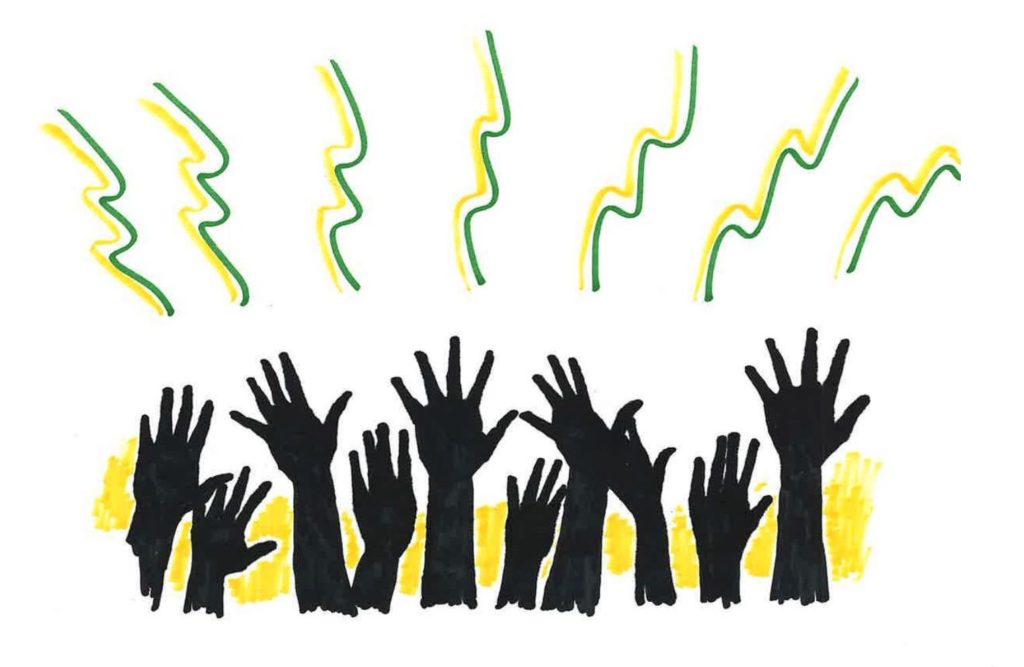
Szirtes wrote Song in the imagist tradition, whereby symbols and figurative images stand in for abstract concepts, in this case oppression, despair, hope and triumph-over-adversity. In the first verse, the reader is introduced to an auditory motif (a motif is a symbol that reoccurs throughout a text) of a quiet-but-insistent buzz. Initially associated with the phrase nothing happening, the low-pitched, distant buzzing belies this idea as it sounds like actually something is happening – yes, it’s far-away for now, but it feels like it’s gathering energy and coming closer line by line. As an onomatopoeia, the word buzz contains the sibilant sound of its own meaning, the double letter Z combing with frequent uses of the letter S in the first verse (remains just as it was prominently clusters several sibilant S sounds) to recreate a resonant, vibration of the poem’s baseline. It’s almost impossible to hear the word buzz without thinking of bees working together in a hive, a very pleasing image that, intended side-effect or not, brings to life Szirtes’ hopeful message; you may feel your actions are small and insignificant, but when people join their efforts together, the results can be formidable – even Earth-shattering. While it begins as a distant sound, through repetition and rhyme (with the words does and was) the ZZ sound intensifies and by the end of the poem it dominates your ear, becoming the auditory motif of cooperation and collective protest. In the fifth verse, Szirtes reveals the sound is made by downtrodden people fighting back against oppressive forces, reasserting the validity of the voices that had previously been silenced (hushed). The buzz of the broken, no longer distant but so loud now it fills the hall, is one of the most powerful sounds/ideas of the poem, suggesting that we should never give up; even when things are at their most desperate, we can think back to Szirtes’ poem (or Michael Jackson, if you prefer) and find a way to make that change.
Actually, the distant buzz was an aspect of protest and resistance long before this line. The elusive sound is given a physical dimension in the second verse, which depicts a lot of small hands in a monstrous hall, a deliberately vague image of oppression surrounding people and enveloping them in darkness. The way such a mundane word as hall is joined to such a threatening word as monstrous is oxymoronic (an oxymoron is the technique of pairing unexpected words); I envision this hall as a huge, dark cave, fanged with low hanging stalactites, or maybe a cathedral adorned with hideous, grinning gargoyles. You should let your imagination run riot here too – the scarier the better. Whatever you envisage, the hall is a metaphor for an oppressive system, trapping people inside using fear as a method of control. Raising one’s own small hand in protest might seem hopeless… but what happens when everyone in the hall combines their efforts into collective action? The result is a powerful tremor that can make the air vibrate and even shake the wall (the word vibrate builds nicely on that distant buzzing sound, bringing the moment of victory over injustice closer and closer). By substituting hands for people, Szirtes is making makes use of a special type of metaphor called synecdoche, by which a part of something (or someone) is used to represent its whole. Throughout the poem hands represent the act of protest as more and more people join Helen in speaking up and acting against injustice and oppression in any number of ways; clenched fists ready to fight, casting a vote, holding up a banner, holding hands in solidarity, and so on. At one point, people crushed by the weight of oppression are described through another synecdoche as broken voices, an image of silencing that implies the use of violence in suppressing dissenting opinions. Near the end of the poem, in verse five, Szirtes uses more synecdoche when the power of protest wins out and the heart… begins to lift. In this example, the heart is both synecdoche and symbol representing the emotional core of people. Like a weight the heart can feel heavy – but it can also soar when injustice is opposed and even defeated.
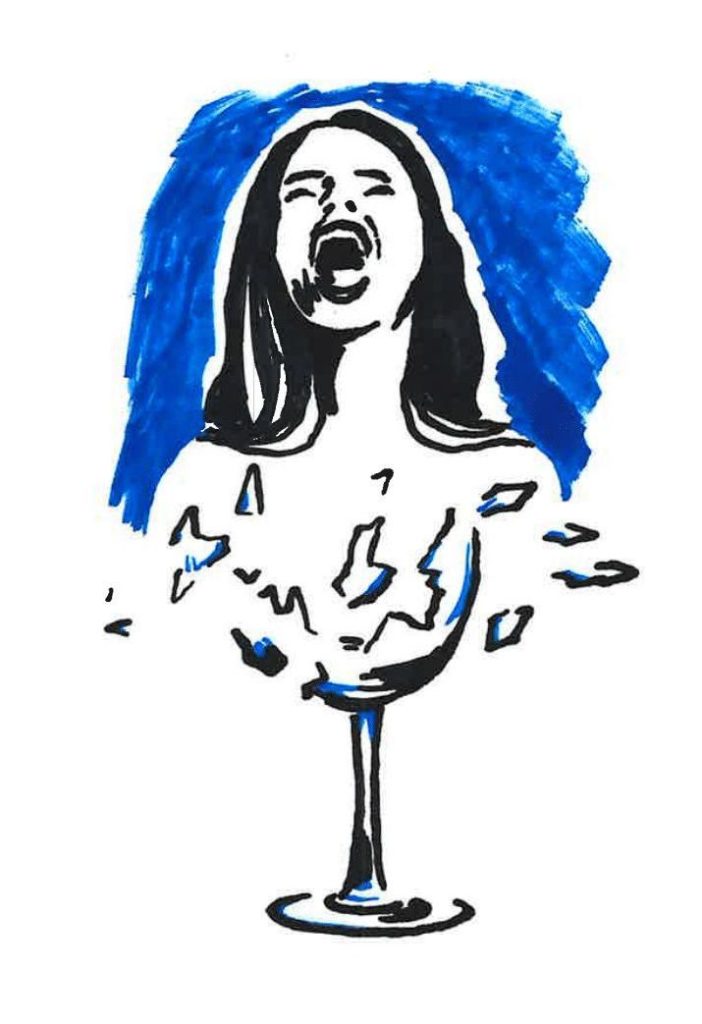
As well as illustrating the power of collective action, Szirtes suggests that individual actions have value in and of themselves; a single action, if applied with ingenuity and intention, can have unexpectedly powerful consequences. For many long years, Suzman was the only elected member of the Progressive Party, the only one with a mandated platform to speak up against the great perversion of justice that was the apartheid system. Therefore, verse two provides two further image–symbols revealing the worth of seemingly tiny actions. Through synecdoche again, Szirtes celebrates the power of Suzman’s voice, the part of her that relentlessly spoke up against injustice, even when she stood alone against an entire government; we are reminded that, pitched right, a voice can break a glass or plate. While forces of injustice might seem strong, this image suggests they are inherently fragile, like playground bullies all tough on the outside, but secretly weak and cowardly, shattering when exposed to a single, keen voice. Finally, anyone who’s seen that movie trope where a car overhangs a cliff, teetering precariously, before a bird lands on the bonnet sending it plunging over the edge will recognise what the image of one pale feather (its whiteness corresponding to Helen’s skin colour) settling on the prow of a sinking ship is trying to convey. Like the straw that breaks the camel’s back, the feather is an obvious enough metaphor for Suzman and how her relentless campaigning against the apartheid system was a significant factor in its eventual and inevitable failure.
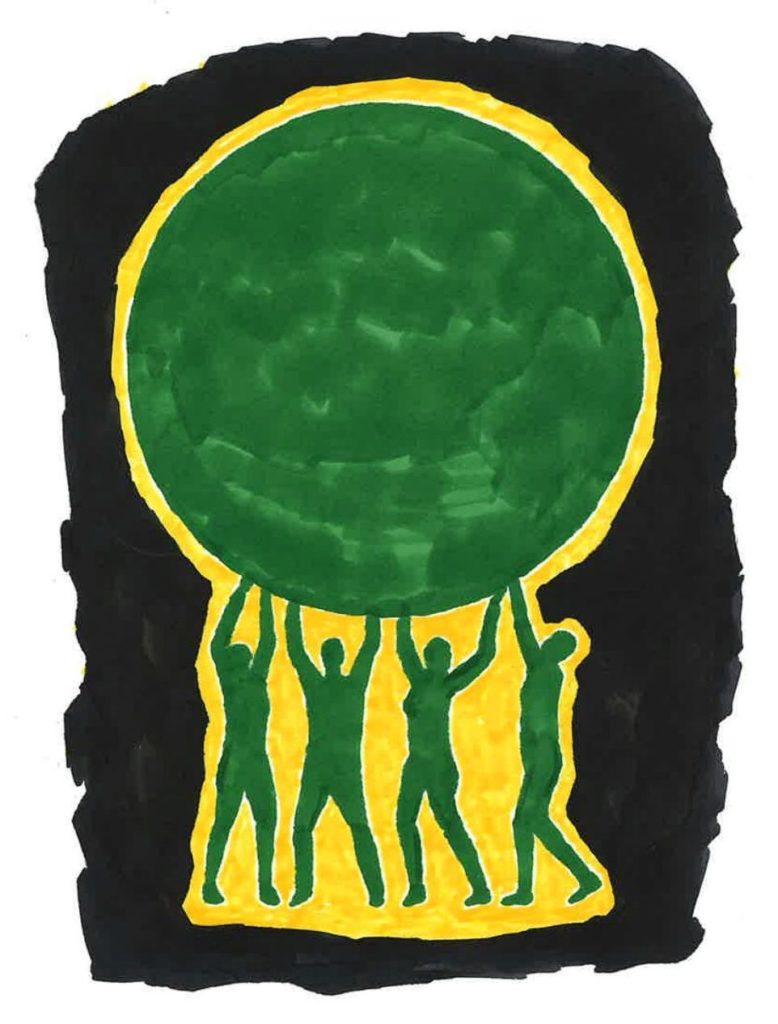
The poem depicts oppression as a universal evil – and history’s champions of justice (certain people) come in many guises. The fourth verse presents a new allusion to Greek mathematician Archimedes, who famously said, “give me a place to stand, and a lever long enough, and I will move the world.” An allusion is a reference to something (usually literary, historical, classical, or mythical) outside the text that is not explained – it’s up to the reader to recognise the terms of an allusion. In this case, the words lever, fulcrum, a place to stand and the Earth can be made to move all echo Archimedes’ well-known proclamation. Where he was discussing the use of physical tools to multiply the effect of physical effort, Szirtes interprets his words more figuratively to suggest how embracing a certain mindset, or taking up a smart position, can help us overcome obstacles no matter how imposing they might seem. As Archimedes was a mathematical genius, so the language of this verse is correspondingly mathematical, logical even, forming a tonal contrast that relieves the doom and gloom of the preceding verse by finding an ingenious way to beat the odds and lever that crushing weight away. Notice how aspirant is used again in line three, however small the hand, to imply the mighty effort of a single individual standing in opposition to oppression and injustice. Where verse three took us to the poem’s lowest point, verse four ends on an uplifting and celebrant note created by more alliteration, this time a powerful P in possible to prove and a euphoric, euphonic (the combination of soft consonants with assonance is called euphony) M-A combination: may be made to move. By recreating Archimedes’ principle in poetic form, Szirtes sends a hopeful message: no problem is impossible to overcome if one applies a combination of determination (personified by Suzman) and ingenuity (represented by Archimedes) to its solution.
Finally, a word on repetition, which is arguably the poem’s most important poetic device. Written as a tribute to protest songs, and as a song of celebration, we would expect this poem to repeat lines and even whole verses (a song’s chorus or refrain). But in this poem, repetition does more than create musicality; it carries the message of ‘never give up, never stop fighting’. In the uplifting fifth verse, repetition is put to rousing effect when all the elements we’ve seen in the poem before (hands, voices, downtrodden, broken people, lever and fulcrum) combine to overcome the oppressive forces that bore down so relentlessly. The message that we should never give up even when things seem hopeless is carried most effectively in this part of the poem as slowly-but-surely, levers and fulcrums shift and the heart, like a weight, begins to lift. All that’s left is for Szirtes to cycle back to the start of his poem, which we read again with the knowledge that that distant buzz is going to manifest to such powerful effect. He gives us an almost word-for-word repetition of the first verse as the last – almost, except for one tiny difference: a full stop is placed in the middle of the final line: Of nothing happening. Then something does. Throughout, Szirtes has argued the necessity of action in face of oppression, the outspoken voice or raising of a single hand that can shift the weight of injustice towards something more fair and equitable. The full stop in the final line represents that single tiny action. A deliberate break in the middle of a line of poetry is called caesura, and here it has an emphatic effect on the words that follow, stressing the transformation of nothing to something. Therefore, the poem’s refrain carries both of Szirtes’ key messages: never give in to despair and small actions can make a big difference.
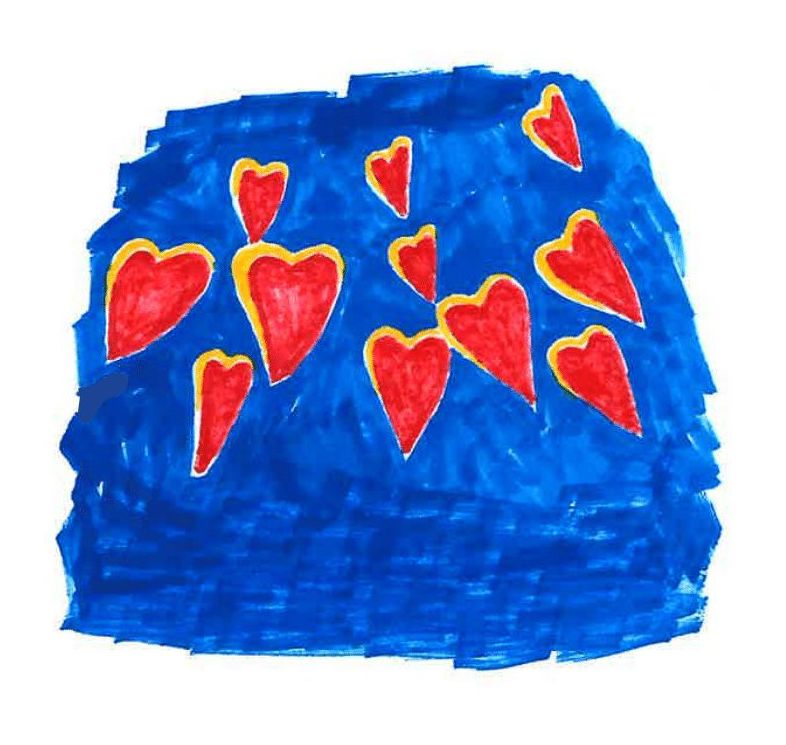
Suggested poems for comparison:
- Like a Black Bird by George Szirtes
Written in an unusual terza rima form, featuring linked envelope rhymes, Szirtes once again shows his mastery of formal poetry in this wonderful ode to a common bird. Notice how the middle line of each verse rhymes with the first and third lines of the following verse.
- Invictus by William Ernest Henry
favourite poem of Nelson Mandela’s, he recited it often during his lengthy imprisonment. Meaning ‘unconquerable’ in Latin, this poem was written in 1875 yet still has power today.
- Tell Your Story by Lebogang Mashile
An actress, activist, performer, and speaker, Lebo Mashile’s poetry is powerful and musical. She is an important contemporary voice in South African literature, carrying the spirit of determination to effect positive change that Szirtes celebrates in Song.
- Today in Prison by Dennis Brutus
One of Africa’s most recognisable poets, Brutus was imprisoned for ten years on Robben Island – the notorious jail that also housed Nelson Mandela. In this poem, he also expresses the importance of song in advocating for rights, freedoms and protest.
Additional Resources
If you are teaching or studying Song at school or college, or if you simply enjoyed this analysis of the poem and would like to discover more, you might like to purchase our bespoke study bundle for this poem. It costs only £2.50 and includes:
- Study questions with guidance on how to answer in full paragraphs.
- A continuation exercise to help you practise analytical writing.
- An interactive and editable powerpoint, giving line-by-line analysis of all the poetic and technical features of the poem.
- An in-depth worksheet with a focus on explaining rhythm and meter.
- A fun crossword quiz, perfect for a starter activity, revision or a recap – now with answers provided separately.
- A four-page activity booklet that can be printed and folded into a handout – ideal for self study or revision.
- 4 practice Essay Questions – and one complete Model Essay for you to use as a style guide.
And… discuss!
Did you enjoy this breakdown of George Szirtes’ poem? Did you find it uplifting and inspirational? How do you interpret symbols like the ‘distant buzz’ or the ‘monstrous hall’? Why not share your ideas, ask a question, or leave a comment for others to read below.
I’m doing this for my literature class. It’s a good poem but I don’t much like the hints of physics in it i.e a lever, a fulcrum, a weight.
By the way an interesting story related to this:
There was this philosopher long ago, maybe Archimedes I think, and he was getting ready for a bath. The bathtub was full of water. He sat down in it and, obviously because of displacement, some of the water fell out of the tub. He immediately got out and ran to his workshop (which was not in his house) just the way he was, naked. He had just discovered the effects of a fulcrum and displacement.